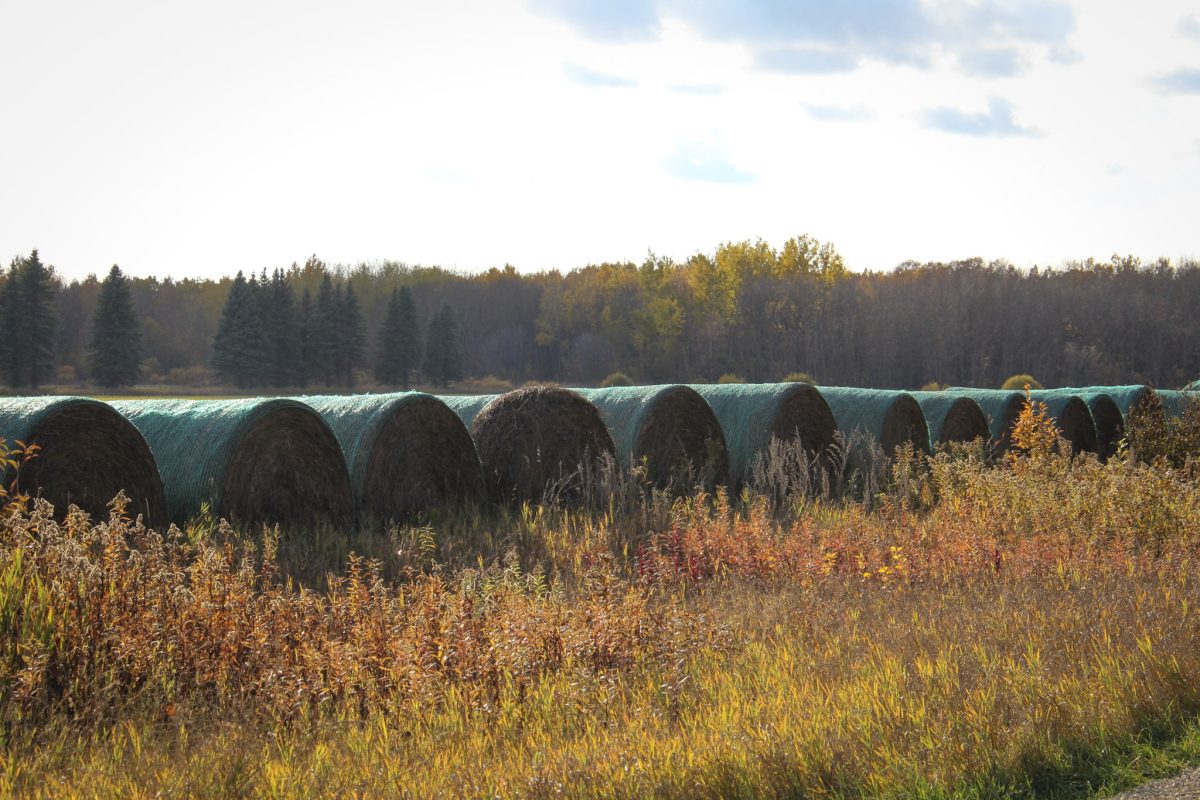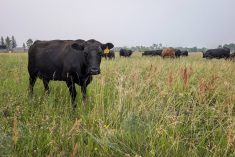Saskatchewan is tightening its rules on wild boar farming, including a moratorium on any new farms, in a renewed bid to keep the province’s feral pig population in check.
The provincial ag ministry announced the moratorium Wednesday and said it’s “developing regulations for licensing existing commercial wild boar farms.”
Regulations for wild boar and feral pigs are also to be developed under the province’s Pest Control Act, the ministry said. Those rules would declare feral pigs to be a regulated pest in the province, and would “specify the various monitoring and control efforts as well as public obligations to report.”
Read Also

Prairie forecast: No real signs of winter yet
Forecast issued November 12, covering Nov. 12 to 19, 2025 Highlights Developing conditions suggest above-average temperatures, limited precipitation and light…
Provincial funding for Saskatchewan Crop Insurance’s feral wild boar control program, which includes surveillance and eradication work, will also be doubled to $200,000, the ministry said.
Agriculture Minister David Marit, in a release Wednesday, described the moves as “substantial steps that improve risk management and protect the resilience and security of our agriculture industry, which is a critical component of our provincial economy.”
The move also follows Ontario’s decisions last fall not only to regulate wild boar as an invasive species, but to phase out the production of farmed wild boar in that province entirely.
Wild boar were introduced in Saskatchewan in the late 1970s as domestic livestock, and over time many of those animals have “escaped and reproduced at a rapid pace,” the Saskatchewan Association of Rural Municipalities (SARM) said in a separate release last month.
SARM — which in its release called for the province to impose a moratorium on new farms — said it now knows of “over 60” southern Saskatchewan RMs “suffering from overpopulated boars.”
Feral pigs now are thus “established within localized regions of the province, including agricultural production areas, and represent a significant problem due to damage caused to hay and crop land and to natural areas, as well as their potential to spread invasive plant species,” the province said Wednesday.
The invasive hogs also “harass” livestock and wildlife, and are considered potential reservoirs for livestock diseases such as African swine fever (ASF), the province said..
A federally reportable disease that hasn’t yet made it to North America, ASF cut into China’s hog herd by as much as half after its arrival there in 2018.
More recently, the disease is believed to have spread to domestic hog herds in several European countries through that continent’s wild boar populations and has turned up in hogs in the Dominican Republic and Haiti.
“To this day, wild boar have free rein of rural Saskatchewan land with no predators keeping the population in check,” SARM president Ray Orb said in that group’s release Feb. 17.
“Each year, the risk of transferable disease grows between domestic hogs. We can’t ignore the damaging financial and environmental impact wild boars leave in their wake any longer.”
Sask Pork board chair Toby Tschetter, in a separate release Wednesday, said the province’s planned new regulations “will help protect the provincial hog industry and help us to keep our food supply secure. We encourage farmers, ranchers and the public to use the wild boar reporting services as much as possible.” — Glacier FarmMedia Network















